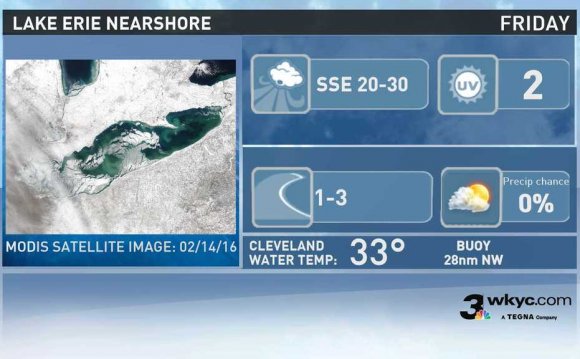
 Algae is commonly part of a healthy ecosystem, but blue-green algae produce toxins that can harm both humans and aquatic life, these are referred to as Harmful Algal Blooms (HABs). Microcystis, the most common blue-green algae in the Great Lakes, produces the toxin Microcystin. This toxin may cause liver damage, skin irritation, and flu-like symptoms in humans. “Loading” of soluble reactive phosphorus (from sources such as agricultural fertilizer, sewage treatment plants, and industrial runoff) into lake watersheds contributes to these blooms. While Lake Erie’s Western Basin is best known for HABs, blooms also occur in western Lake Michigan, Lake Michigan’s Green Bay, and Lake Huron’s Saginaw Bay, as well as some inland tributaries.
Algae is commonly part of a healthy ecosystem, but blue-green algae produce toxins that can harm both humans and aquatic life, these are referred to as Harmful Algal Blooms (HABs). Microcystis, the most common blue-green algae in the Great Lakes, produces the toxin Microcystin. This toxin may cause liver damage, skin irritation, and flu-like symptoms in humans. “Loading” of soluble reactive phosphorus (from sources such as agricultural fertilizer, sewage treatment plants, and industrial runoff) into lake watersheds contributes to these blooms. While Lake Erie’s Western Basin is best known for HABs, blooms also occur in western Lake Michigan, Lake Michigan’s Green Bay, and Lake Huron’s Saginaw Bay, as well as some inland tributaries.
The Great Lakes HABs (Harmful Algal Blooms) and Hypoxia program is a collaborative effort between scientists at NOAA’s Great Lakes Environmental Research Laboratory (GLERL) and the Cooperative Institute for Limnology and Ecosystems Research (CILER). Our team is focused on understanding ecosystem health effects in the Great Lakes related to human-influenced water quality degradation.
We use an integrated approach to understand the environmental drivers of and predict HABs and hypoxia. This approach consists of using satellite images, remote sensing buoys, a comprehensive monitoring program in western Lake Erie and in Saginaw Bay on Lake Huron that includes advanced genetic techniques to understand the long and short-term seasonal dynamics of HAB events.
Better forecasting, better outcomes
This project will aid in the implementation of a decision support tool framework for environmental and public health officials that encompasses several measurements of nutrient loads and water quality in the nearshore. As part of a framework, which includes both measurement and prediction of water quality in the nearshore, this project will provide the monitoring information to aid in characterization and transport of phosphorus and other nutrients, the formation and growth of harmful algal blooms, as well as provide the information necessary to assess target loads in agricultural watersheds This framework will enable decision makers (e.g. water treatment operators) to ensure safe drinking water and alert water treatment plants of changes in water quality.
YOU MIGHT ALSO LIKE











